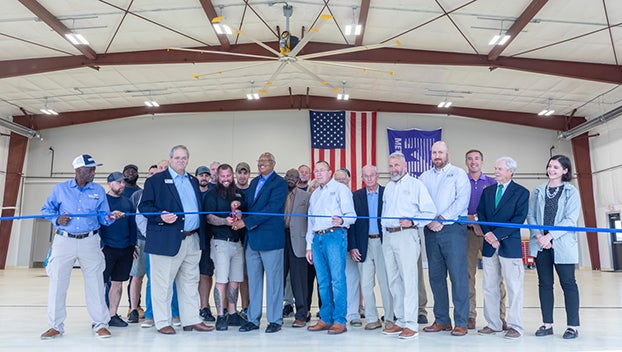City sends out request for wayfinding signs
Published 6:09 pm Friday, June 24, 2016

- HERE’S YOUR SIGNS: The proposed wayfinding signs, if made, would look like these.
Any entity desiring to provide signs — fabrication and installation — for Washington’s wayfinding program has until 4 p.m. July 22 to submit a proposal to do so.
Seal bids on the project will be opened at the 4 p.m. deadline, but the city reserves the right to reject any or all bids. The city is seeking a per-unit cost for each sign design and installation. Bidders may submit base bids and alternative bids for project phases.
The project also includes producing shop drawings for various signs throughout the city: primary gateway, secondary gateway, secondary destination, parking and destiny identity. The city wants a five-year warranty and guarantee for sign materials and finishes.
The City Council, during its May 23 meeting, authorized city staff and the Washington Harbor District Alliance to search for an entity to provide the signs, part of the city’s effort to make it easier for visitors and others to find specific places in the city, especially in the waterfront and downtown areas.
Chris Furlough, WHDA president, explained the importance of the signs and the wayfinding program when it comes to directing people to places such as the Turnage Theatre, North Carolina Estuarium, the city docks, Festival Park and other facilities frequented by out-of-town visitors who do not know the area. For the wayfinding program to be successful, it must have effective, attractive signs that are strategically placed throughout the city, he said.
The Washington Tourism Development Authority is providing $10,000 to help pay for the signs. City Manager Bobby Roberson said the authority recognizes how important the wayfinding program is to brining more visitors to the city. The money comes from the revenue the authority receives from the city’s occupancy tax. Under state law, that revenue must be spent on programs and projects geared toward bringing visitors to the city.
The project would be split into phases because of its cost, according to a presentation made to the council last year. Currently, the city has about $130,000 available for the signs.
The wayfinding strategies designed for Washington would improve traffic circulation (vehicles and pedestrians) in the city and direct visitor dollars to where they would have the most economic impact, according to John Rodman, the city’s community and cultural resources director.
In an effort to reduce costs, new signs would be erected on existing utility poles, especially the decorative light poles in the historic and waterfront districts, Rodman said.






